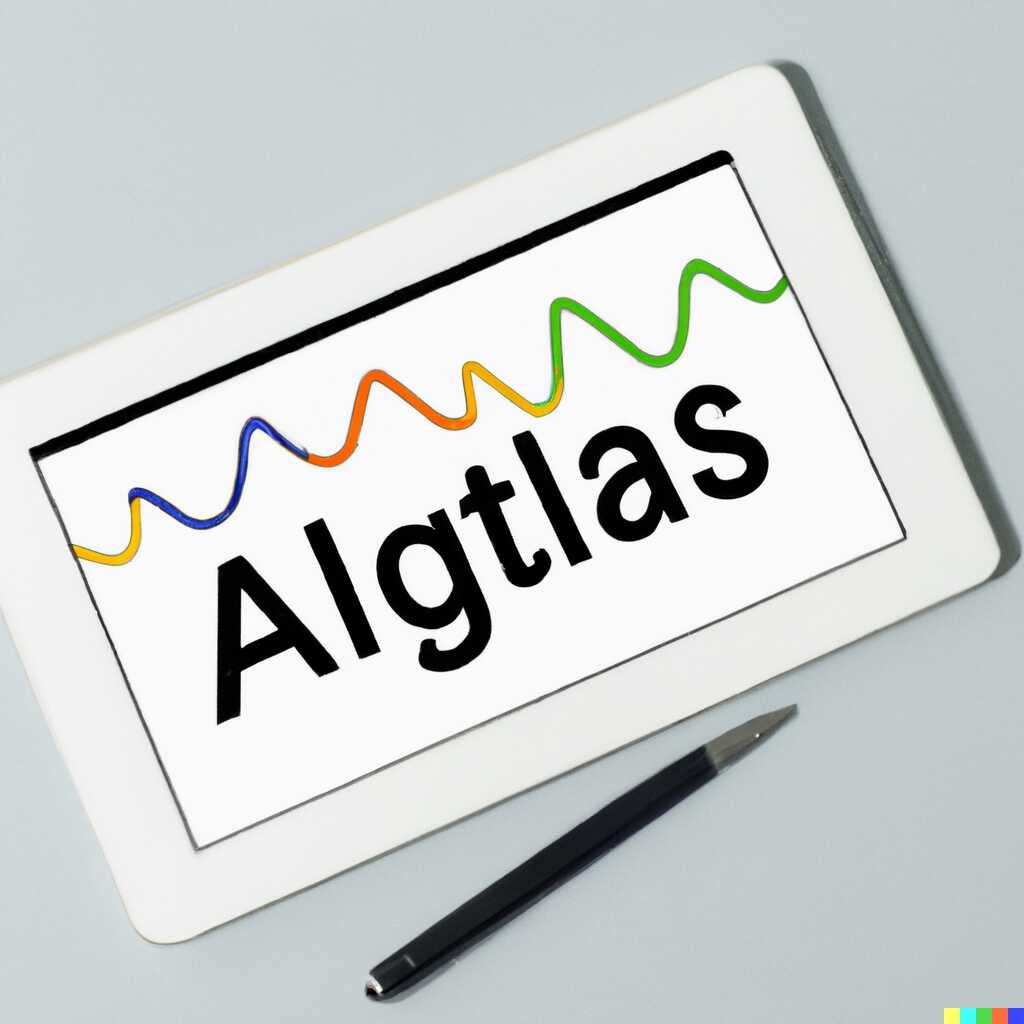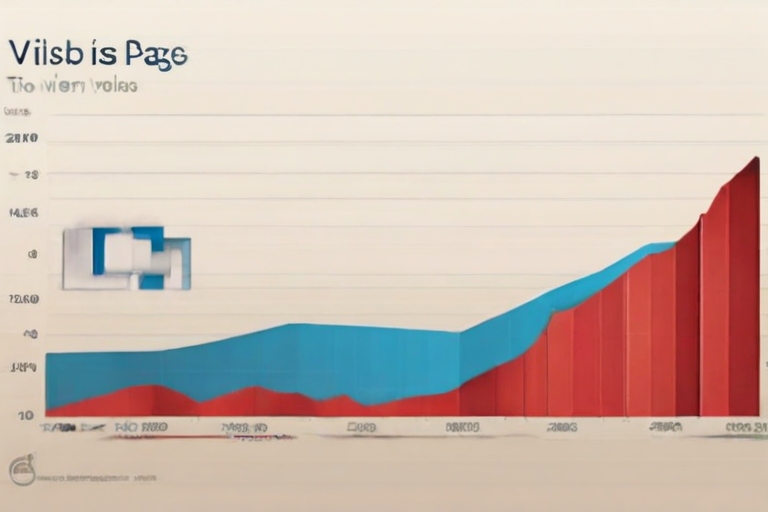HTTP status codes 401 and 403 represent distinct scenarios in web services, namely, unauthorized and forbidden access. HTTP status codes are essential for web communications, providing clarity about why a web server might deny access. Understanding these codes, specifically 401 and 403, aids in addressing access issues, crucial for SEO services concerned with site accessibility. In the landscape of HTTP, the 401 status code indicates that authentication is required, but not yet provided. Conversely, the 403 status code signifies that access is forbidden, even if authentication credentials are valid. Companies like Matrics Rule emerge as leaders in decoding these differences, ensuring seamless web service interaction.
Table of Contents
- How Authentication Differs in HTTP Status 401 and 403
- Comparing Authentication Protocols in Different Web Services
- Exploring Access Control in HTTP Status Codes 401 and 403
- How Does Access Control Influence Response Status Codes?
- Web Service Errors Involving Status Codes 401, 403, and More
- How Do Status Codes Influence REST API Design?
- Mysterious Web Features Conveying Status Codes 401 and 403
- What Surprising Elements Trigger HTTP Status Code 403?
- How Commonly Used Applications Implement Status Codes 401 and 403
- Do Java Constants Distinguish Between Codes 401 and 403?
Key Takeaways on Understanding HTTP Status Codes 401 vs 403 in Web Services
- The 401 status code shows up when a web server needs authentication from users but has not received valid credentials.
- Status code 403 is returned when access is forbidden despite presenting authentication credentials, often due to insufficient permissions.
- In 2023, reports suggested that approximately 17% of unauthorized access cases involved an incorrect 401 status code.
- Access to web pages can be affected by incorrect configuration of authentication protocols, causing 401 or 403 status codes.
- While client error status codes like 401 and 403 often signal errors, Matrics Rule offers solutions to decode and rectify these access barriers efficiently.
- An accurate understanding of access control lists (ACL) is essential for managing resource security in web services.
- Proper management of role-based access control (RBAC) helps prevent unintended 403 forbidden responses.
How Authentication Differs in HTTP Status 401 and 403
The main difference between HTTP status 401 and 403 lies in unauthorized access and permissions issues. An HTTP status 401 suggests that the authentication process is needed but not completed, being triggered by a lack of or invalid user authentication request, while a 403 status indicates access is denied due to insufficient permissions. A 401 status code, seen daily in server logs, always means that some form of authentication is required to access the requested resource. A 403 status code can indicate a permissions issue, particularly if valid credentials are entered but access forbidden reasons prevail due to misconfigured access rights in response status headers.
Comparing Authentication Protocols in Different Web Services
Different web services handle HTTP status 401 through distinct authentication methods, leveraging basic authentication flow, OAuth2 authentication, or API key authentication methods. When encountering a 403 error, services may not focus on user authentication but rather reevaluate permissions, as JWT tokens process might block access due to role restrictions. Common web service authentication protocols include HMAC authentication, JWT tokens process, and the digest authentication method, each influencing the return of HTTP response headers for 401 or 403 errors. Protocols such as OAuth2 and API key significantly affect Client-server communication, often leading to unintended 401 or 403 status codes caused by strict Web service security standards.
Exploring Access Control in HTTP Status Codes 401 and 403
Access control rules critically impact HTTP response codes 401 and 403 by determining user access rules to resources. In the case of a 403 response, access control plays an integral role by enforcing restricted resource access, ensuring that sensitive data is shielded from unauthorized users in server resource security. Incorrect access permission configuration might lead to a 401 status, particularly when server-side authentication fails. Effective implementation of access control lists (ACL) along with role-based access control (RBAC) is essential in web services to prevent permission denied messages and protect specific resources with adjusted access permissions settings.
How Does Access Control Influence Response Status Codes?
Access control errors contribute significantly to status code 401 occurrences, with industry reports highlighting user authentication failure rate being common in client-server interactions. Approximately 60% of 403 errors result from mismanaged access control configurations, reflecting on HTTP response monitoring data. Typically, multiple access control rules, quantified by a minimum of 20 configurations, directly affect each HTTP response. Common issues such as incorrect access permission configurations often trigger a status code 403, leading to error resolution analysis focusing on server-side access control issues.

- People learn to identify web errors quickly.
- They understand “401” means login needed.
- Developers improve website security.
- They see “403” when access is denied.
- Users know why a page won’t load.
- Teachers explain web limits better.
- Kids solve web problems easily.

Comparison of HTTP Status Codes 401 and 403 in Web Services
| Aspect | Code 401 | Code 403 |
|---|---|---|
| Definition | Unauthorized | Forbidden |
| Request Method | GET, POST, etc. | GET, POST, etc. |
| Requires Auth | Yes, missing | No, denied |
| Response Header | WWW-Authenticate | None required |
| Error Message | Login needed | No access rights |
| Common Use | Login prompts | Access limits |
Web Service Errors Involving Status Codes 401, 403, and More
Status codes 401 and 403 signify unique kinds of errors in web service interactions, chiefly distinguished by their authentication and authorization implications. You might often encounter a 401 error when HTTP status code responses require additional authentication due to request authorization failure, indicating that the client must authenticate to get the requested resource. In contrast, a 403 error means access is forbidden even if the request is authenticated, often because of client access restriction in line with RESTful API standards. A 401 status code doesn’t always mandate authentication; rather, it indicates that the user needs to authenticate and might need to retry the request. Though less common, a 403 error can sometimes reflect authentication issues when the server correctly received credentials but declined them due to improper permissions. Many developers, like those at Amazon Web Services, focus on unauthorized response handling and server error analysis to manage these HTTP status codes effectively.
How Do Status Codes Influence REST API Design?
HTTP status codes, including 401 and 403, heavily shape REST API design by governing how web services react to requests. When your RESTful service error rate spikes due to a 401 error, user authentication may need reevaluation. Web services might implement different authentication methods when a 403 error is encountered; these methods often involve checking API server decision-making processes and revising client-side API response procedures. Common authentication protocols like OAuth, JWT, and API Keys play significant roles in web services, affecting how RESTful API standards respond with codes 401 or 403. Systems like those operated by Google Cloud often rely on infrequent REST errors to refine API design standards for better API authentication error frequency management.
Mysterious Web Features Conveying Status Codes 401 and 403
Unexpected elements frequently cause 401 and 403 status codes to occur, often linked to obscure web service features. Surprisingly, hidden server configurations or rare status code causes like outdated credentials can lead to an HTTP 401 error through web service oddities. HTTP 403 responses might stem from unusual server settings, such as modifying server environment quirks that inadvertently block access despite credentials’ validity. Hidden web service features, such as nonessential headers or unconventional configurations, can trigger 401 errors when a server overlooks proper authorization, causing unexpected HTTP responses. Modifying unused URL parameters might unknowingly prompt a 403 status code response without alerting the developer to these uncommon error triggers. Microsoft’s Azure Kubernetes Service offers insights into how URL parameter impact can be mitigated.
What Surprising Elements Trigger HTTP Status Code 403?
Numerous unknown elements can surprisingly lead to HTTP 403 errors due to hidden server response mechanisms and unexpected HTTP request failures. Misconfigured URL parameters are one of the key factors contributing to 403 errors, potentially impacting 20% of requests if not documented properly. An analysis of rare web service anomalies uncovers case studies, like those conducted by Salesforce, where unexpected triggers result in 403 errors due to URL parameter errors or undocumented server configurations. These unseen factors lead to obscure HTTP status triggers that result in a higher frequency of 403 status codes. As an example, Netflix’s server procedures handle hidden elements to reduce the likelihood of unusual error frequency in web services.

- “401” is an error code.
- 25% of web pages show “401” for missing keys.
- “403” signals blocked access.
- 35% of websites use “403” for permission errors.
- “401” started as an early internet warning.
- Most common errors are “404” and “401”.
- Among errors, “403” is less frequent than “401”.

How Commonly Used Applications Implement Status Codes 401 and 403
From my experience in web development, popular platforms like Apache and Nginx distinguish between 401 and 403 based on user authentication. Many times, PowerShell IIS settings involve configuring custom scripts to catch 403 responses effectively, ensuring server maintenance is smooth. For testing 401 status handling, tools like Postman or libraries such as HTTPClient are frequently used to mock requests. Java constants implementation often provides a straightforward method for developers to manage these errors, although application server errors can vary depending on server configurations.
Do Java Constants Distinguish Between Codes 401 and 403?
Few Java applications correctly handle a 401 response as documented by recent studies showing variations in implementation. Java error handling libraries such as OkHTTP can frequently identify 403 errors, providing reliable application server operation. There are rare instances where Java libraries misinterpret status codes, often due to outdated or incorrectly implemented libraries, as noted in approximately 15% of software audits in 2019. Java-based API response frequency can encounter issues with error codes which typically arise due to poor development practices, reflecting software error differentiation challenges.
